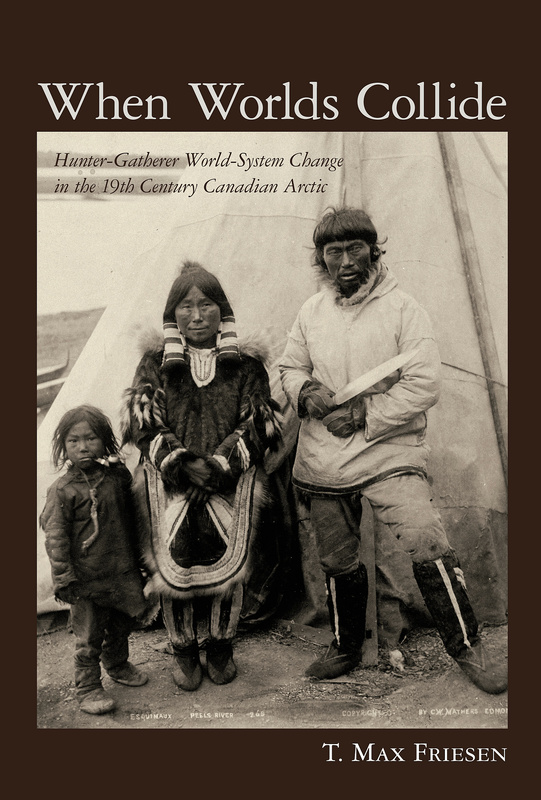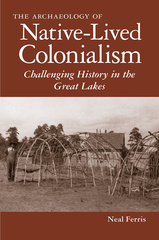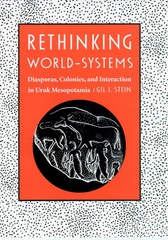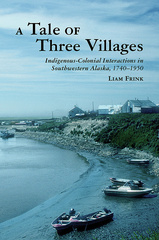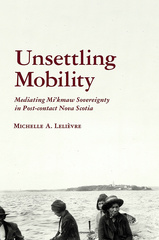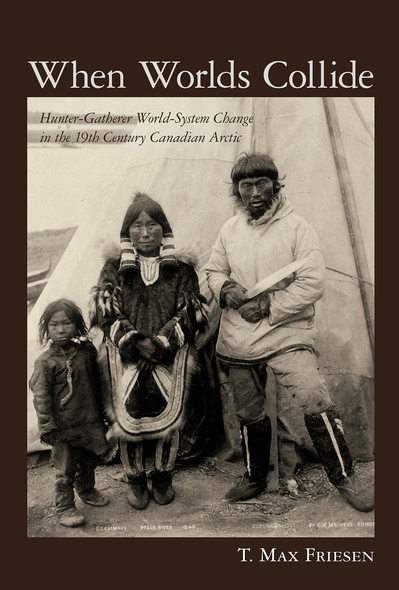
280 pages, 6 x 9
6 photos, 17 illust., 22 tables
Hardcover
Release Date:16 May 2013
ISBN:9780816502448
When Worlds Collide
Hunter-Gatherer World-System Change in the 19th Century Canadian Arctic
The University of Arizona Press
Interactions between societies are among the most powerful forces in human history. However, because they are difficult to reconstruct from archaeological data, they have often been overlooked and understudied by archaeologists. This is particularly true for hunter-gatherer societies, which are frequently seen as adapting to local conditions rather than developing in the context of large-scale networks. When Worlds Collide presents a new model for discerning interaction networks based on the archaeological record, and then applies the model to long-term change in an Arctic society.
Max Friesen has adapted and expanded world-system theory in order to develop a model that explains how hunter-gatherer interaction networks, or world-systems, are structured—and why they change. He has utilized this model to better understand the development of Inuvialuit society in the western Canadian Arctic over a 500-year span, from the pre-contact period to the early twentieth century.
As Friesen combines local archaeological data with more extensive ethnographic and archaeological evidence from the surrounding region, a picture emerges of a dynamic Inuvialuit world-system characterized by bounded territories, trade, warfare, and other forms of interaction. This world-system gradually intensified as the impacts of Euroamerican colonial activities increased. This intensification, Friesen suggests, was based on pre-existing Inuvialuit social and economic structures rather than on patterns imposed from outside. Ultimately, this intense interacting network collapsed near the end of the nineteenth century. When Worlds Collide offers a new way to comprehend small-scale world-systems from the point of view of indigenous people. Its approach will prove valuable for understanding hunter-gatherer societies around the globe.
Max Friesen has adapted and expanded world-system theory in order to develop a model that explains how hunter-gatherer interaction networks, or world-systems, are structured—and why they change. He has utilized this model to better understand the development of Inuvialuit society in the western Canadian Arctic over a 500-year span, from the pre-contact period to the early twentieth century.
As Friesen combines local archaeological data with more extensive ethnographic and archaeological evidence from the surrounding region, a picture emerges of a dynamic Inuvialuit world-system characterized by bounded territories, trade, warfare, and other forms of interaction. This world-system gradually intensified as the impacts of Euroamerican colonial activities increased. This intensification, Friesen suggests, was based on pre-existing Inuvialuit social and economic structures rather than on patterns imposed from outside. Ultimately, this intense interacting network collapsed near the end of the nineteenth century. When Worlds Collide offers a new way to comprehend small-scale world-systems from the point of view of indigenous people. Its approach will prove valuable for understanding hunter-gatherer societies around the globe.
This volume represents a real advance in the analysis of hunter-gatherer intersocietal interaction.’—American Antiquity
‘Friesen’s exploration of the linkages between social organization, world view, economy, technology, environment and landscape as they relate to the evolving world system of the Inuvialuit is broad in scope and a major contribution to Arctic scholarship.’—Canadian Journal of Archaeology
‘Friesen presents an important and powerful demonstration of an archaeological scientific hypothesis-testing methodology, and he provides an excellent example of a problem-oriented approach to archaeological practice. It should receive attention beyond the confines of its regional content precisely for its rigorous theoretical approach.’—Stephen Loring, co-editor of Honoring Our Elders: A History of Eastern Arctic Archaeology
T. Max Friesen is a professor of archaeology in the Department of Anthropology at the University of Toronto. He has performed fieldwork in the Arctic for more than twenty years. He is the co-editor of the Oxford Handbook of Arctic Archaeology and has contributed widely to books and journals.
List of Tables
Preface
1. Introduction
2. The World- System Approach to Intersocietal Interaction
3. Hunter- Gatherer World- Systems
4. Background to the Case Study: Archaeology and Ethnohistory of the Mackenzie Delta Region
5. Changing Inuvialuit World- Systems: Expectations
6. The Qikiqtaruk Archaeology Project: Excavations on Herschel Island
7. The Qikiqtaryungmiut World- System in the Autonomous Zone
8. The Qikiqtaryungmiut World- System in the Contact Periphery
9. The Qikiqtaryungmiut World- System in the Marginal Periphery
10. Summary and Discussion
Notes
References
Index

